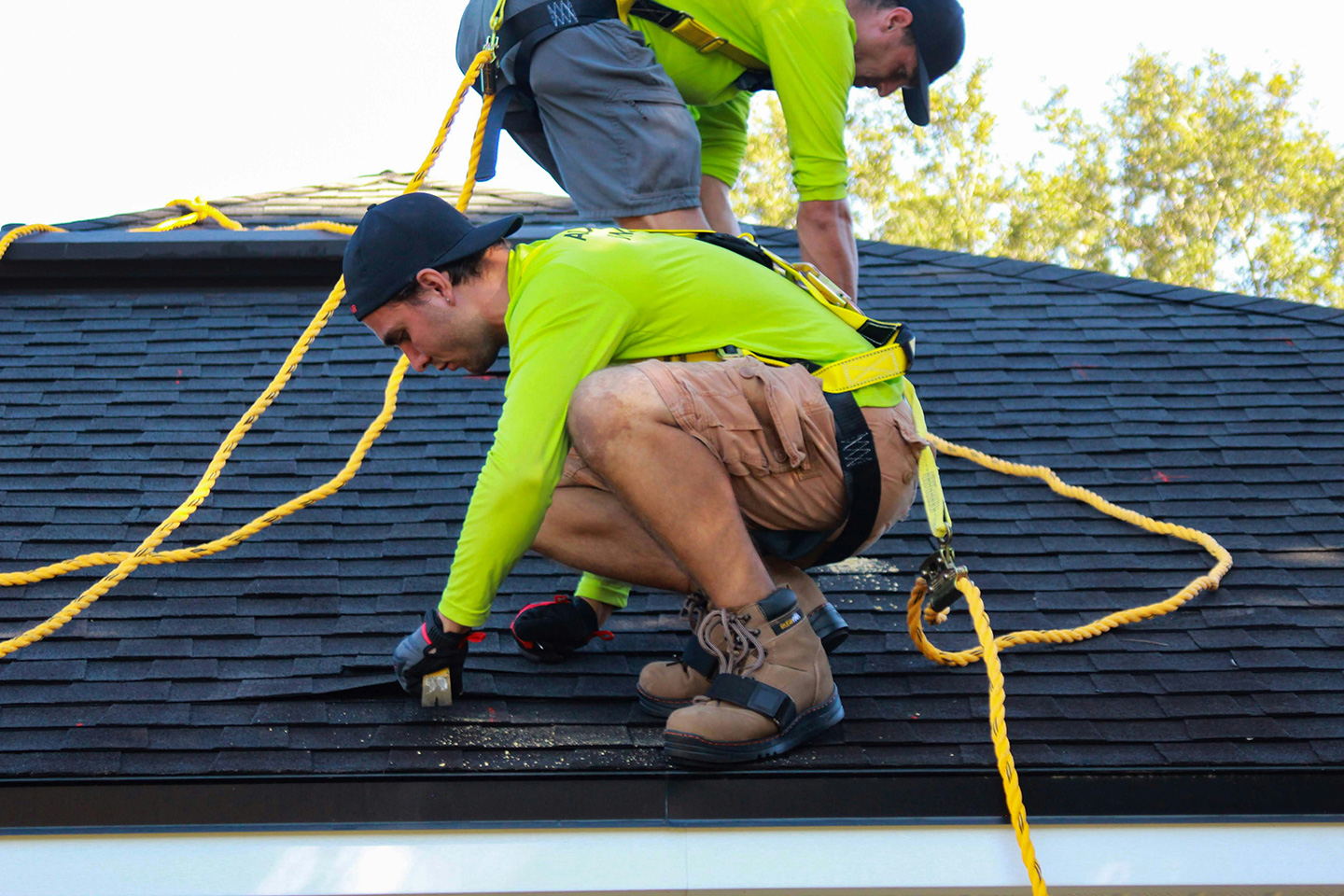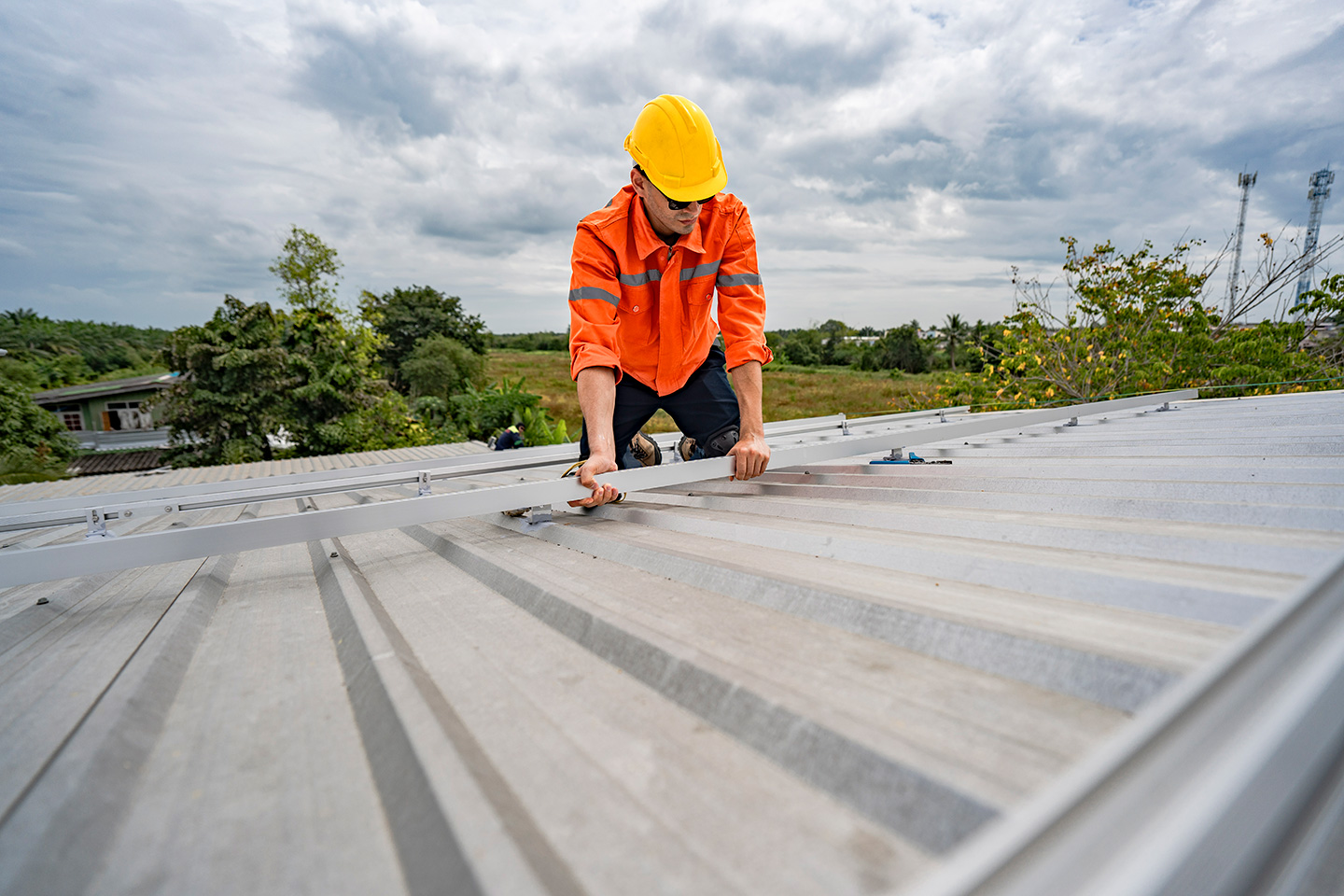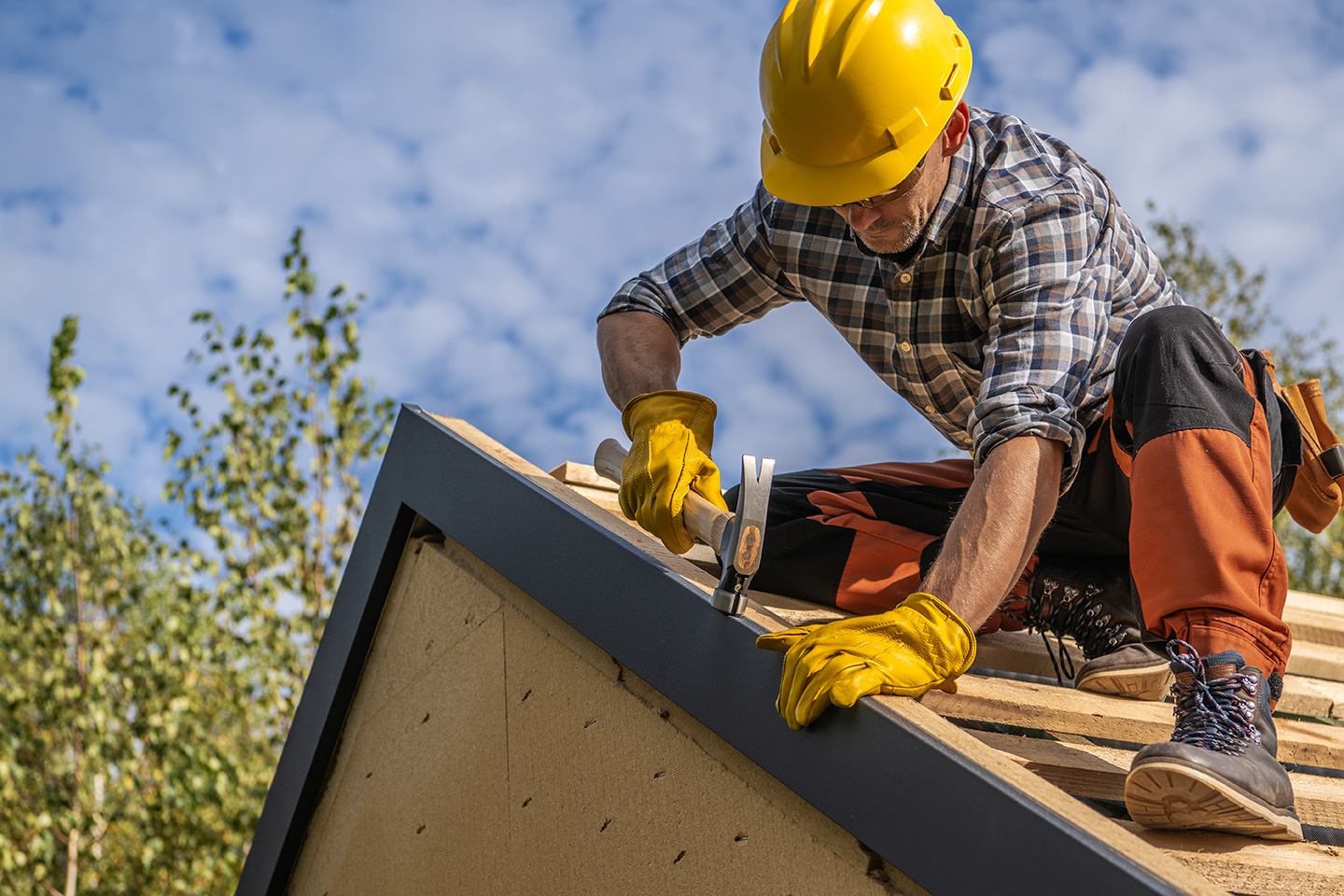We’ve often heard we should ‘be thankful for the roof over our heads’, but the same adage might fall flat when that roof turns out to be leaking, sagging, or hiding structural damage. Skipping a roof inspection might save time and money today, but it can cost you thousands in repairs, or even tank your home’s value. Left unchecked, minor issues can snowball into major problems—leading to mold, water damage, structural issues, or even failed sales. Whether you’re negotiating a purchase, planning to sell, or just want peace of mind, knowing what to look for during a roof inspection is essential.
In this guide, we’ll walk through the 10 most common roof issues that show up during a home inspection, what they mean, and how to deal with them. Whether you’re a homeowner, buyer, or contractor, this checklist will help you protect your investment.
Average Cost to Repair Common Roof Issues
| Roof Issue | Estimated Repair Cost (USD) |
| Roof leaks | $300 – $1,000 |
| Missing shingles | $150 – $600 |
| Flashing replacement | $200 – $500 |
| Clogged gutters cleaning | $100 – $250 |
| Roof ventilation repair | $300 – $700 |
| Sagging roof deck repair | $1,000 – $3,000 |
| Ponding water correction | $500 – $2,000 |
| Mold/algae removal | $300 – $800 |
| Chimney/skylight seal repair | $200 – $700 |
| Structural roof repairs | $1,500 – $10,000 |
Why Roof Inspections Matter
Imagine buying a pre-owned car that gleams on the outside, but is riddled with mechanical issues under the surface. Many homeowners assume a roof inspection isn’t necessary unless there’s visible damage, but that misconception can cost you thousands. Hidden issues like cracked flashing, poor ventilation, or soft decking can go unnoticed until they become serious problems. Another myth is that a general home inspection is enough, but home inspectors can only do so much with a surface-level check. Certified roof inspectors look deeper for signs of wear, faulty installation, or weather damage. Newly built homes or roofs can also fall prey to common issues like mold, insulation gaps, or minor sealant failures, which develop without any visible leaks or cracks. Remember, a roof inspection might be an additional cost today, but can turn out to be a smart investment in the long run.
How Roof Issues Impact Home Value
A damaged or aging roof isn’t just an eyesore—it can be a red flag for a host of costly and hidden problems. Moisture can seep into the attic or walls, leading to mold growth, rotting wood, and structural issues. Poor insulation or cracked shingles can also compromise energy efficiency, causing your heating and cooling bills to skyrocket. And if problems go undetected, what could’ve been a simple repair may turn into a full roof replacement—costing thousands. Whether you’re buying, selling a thorough roof inspection is essential to protect your investment and avoid unwelcome surprises.
The 10 Most Common Roof Issues
1.Roof Leaks and warning signs to look for
Causes of Roof Leaks: Leaks usually occur when roofing materials are compromised, such as cracked or corroded flashing, worn or missing shingles, or improper sealing around vents and chimneys. Minor holes or cracks may develop over time due to weathering and aging.
How to Detect Leaks Early: Early detection is possible by spotting water stains on ceilings or walls, detecting moldy or musty odors, or observing peeling paint and dark streaks on walls, which often signal hidden moisture intrusion.
2. Damaged or Missing Shingles
Why Shingles Go Missing: Severe storms, especially those with high winds or hail, can lift, crack, or entirely remove shingles. Age is also a significant contributor, and older roofs not only require more regular maintenance, but may have to be replaced entirely if the cost of repairs are adding up.
Repair vs. Replacement Costs: Fixing a few damaged or missing shingles is a relatively inexpensive repair most of the time. However, widespread issues or extensive wear may necessitate an entire roof replacement, which is far costlier but often unavoidable to maintain structural integrity.
3. Flashing Problems
What Is Roof Flashing? Flashing consists of thin metal strips installed at joints, edges, and around roof features (chimneys, vents, skylights) to prevent water seepage.
Common Flashing Failure Points: Problems arise from corrosion, dried or cracked caulking, or poor installation. Any gaps or lifting can allow water to penetrate, causing rot or leaks in the underlying structure.
4. Clogged Gutters
How Clogged Gutters Damage Roofs: When gutters fill with debris, water can overflow and seep under shingles or saturate fascia boards, leading to wood rot and interior leaks.
Maintenance Tips: To prevent this, gutters should be cleaned at least twice annually (especially after leaf drop or storms) and guards can be installed to reduce future clogging.
5. Poor Ventilation
Signs of Poor Roof Ventilation: Attics that become excessively hot or humid, ice dams in winter, or moisture and mold are all red flags of inadequate ventilation.
Risks of Moisture Buildup: Left unaddressed, this can lead to rot in wooden framing, reduced effectiveness of insulation, and ultimately, premature roof failure.
6. Sagging Roof Deck
Causes of Roof Sagging: A roof deck may sag due to ongoing water damage, poor original construction (such as under-sized rafters), or excessive weight from snow or accumulated debris.
When to Call a Professional: Sagging often signals serious underlying issues that threaten the whole roof’s stability. Prompt inspection by a licensed roofer or structural engineer is critical to avoid a potential collapse.
7. Ponding Water
Flat Roof Risks: Water tends to not drain effectively on flat or low-slope roofs, and accelerates the breakdown of roofing materials, leading to leaks and membrane failure.
Solutions for Drainage: Solutions include clearing obstructions from drains, adding tapered insulation to improve the slope angle, or even reworking roof slopes to promote proper water runoff.
8. Mold and Algae Growth
How Mold Affects Roofing: Mold, moss, or algae weaken roofing material, trap moisture, and contribute to decay. Apart from being unsightly, this increases vulnerability to leaks and wood rot.
Prevention Techniques: Regular cleaning of the roof surface, installation of zinc or copper strips along the roof ridge (which discourage growth), and ensuring proper ventilation are effective preventive steps.
9. Cracked Chimney or Skylight Seals
How Seals Fail: Seals around chimneys or skylights degrade under constant UV exposure and temperature swings, leading to cracks and loss of flexibility.
Inspection Checklist: Regularly check for open gaps, brittle or cracked sealant, and evidence of water tracks on the chimney or around the skylight interior, all of which indicate potential failure.
10. Structural Roof Damage
Indicators of Structural Issues: Sagging, cracks in walls or ceilings, and visible dips, bows, or waves in the roofline point to serious structural problems, often due to water damage, failed framing, or excessive load.
Repair Options: Addressing structural problems is essential and usually involves significant expense and professional intervention. Ignoring them can lead to dangerous roof collapse and extensive property damage.
How to Spot These Roof Issues During a Home Inspection
You can perform a visual check from the ground or attic, but a professional roof inspection is always recommended before a sale or after a major storm.
DIY vs Professional Inspections:
DIY roof inspections, whether you’re climbing a ladder, flying a drone, or simply using a pair of binoculars from the surface, can help spot visible red flags like missing shingles, pooling water, or clogged gutters. Homeowners often perform these checks after a storm or as part of essential roof maintenance. While this approach is low-cost and helpful for quick surface-level assessments, it has serious limitations.
Here’s what DIY inspections can (and can’t) catch:
| DIY Can Help Identify | But Often Misses |
| Missing or damaged shingles | Flashing deterioration under shingles |
| Moss, algae, or mold growth | Moisture damage in the attic or decking |
| Standing water on flat roofs | Hidden leaks or internal water intrusion |
| Clogged or sagging gutters | Poor ventilation or structural issues |
Professional inspections go beyond what the eye can see. Certified roof inspectors use specialized tools like moisture meters and perform interior checks to uncover underlying structural problems, early signs of rot, or ventilation issues that could affect a roof’s lifespan.
Why hire a professional?
- They follow a comprehensive roof inspection checklist
- They’re trained to spot early warning signs and code violations
- Their written reports are often required by insurers or realtors
- They offer actionable repair or maintenance recommendations
- They can estimate repair costs more accurately than most homeowners
DIY inspections are great for regular visual monitoring, but professional inspections are essential for uncovering hidden risks—especially before buying or selling a home, or after major weather events. Combining both gives you the best shot at protecting your investment.
Cost of Roof Repairs for Common Issues
Roof repair costs vary based on material, region, and severity. Use the table above as a benchmark, and always get multiple quotes before committing to major repairs.
Preventative Maintenance Tips for Homeowners
Seasonal Roof Maintenance Checklist:
- Clean gutters and downspouts
- Trim overhanging tree branches
- Inspect attic for moisture
- Check flashing and seals
- Remove debris from flat roofs
- Schedule a yearly roof inspection
These small tasks can prevent thousands in future damage.
Protect Your Investment with Regular Roof Inspections
Most common roof issues start small, but they don’t stay that way. By spotting leaks, damage, or poor ventilation early, you can save money, extend your roof’s life, and avoid unpleasant surprises during a home sale.
Roof inspections can be made easier with an inspection checklist, but it is best to consult a professional to avoid major repair costs in the future.








